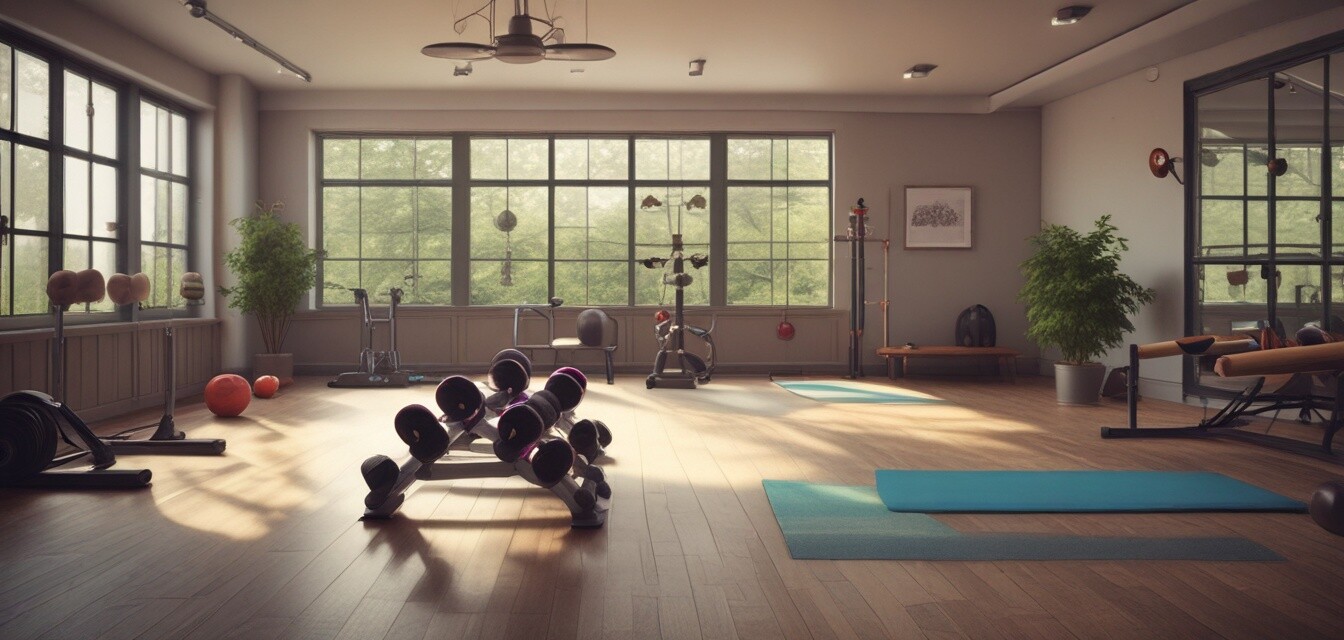
How group classes are evolving for seniors
- Group fitness classes for seniors are becoming more tailored to individual needs.
- Technology is playing a significant role in the design and operation of classes.
- Instructors are increasingly focused on creating safe and inclusive environments.
- Community building through fitness is a prevalent trend in 2025.
- Alternative forms of exercise and flexibility training are gaining attention.
As we progress into 2025, the landscape of group fitness classes designed for seniors is rapidly changing. The fitness industry is recognizing the unique needs and capabilities of older adults, leading to an evolution in how these classes are structured, delivered, and integrated into the lives of seniors. This article explores the latest trends and innovations that are shaping group classes for seniors, ensuring they remain safe, effective, and engaging.
The changing landscape of group fitness classes
In recent years, there has been a notable shift in the approach to senior fitness. No longer seen as a simplistic, one-size-fits-all solution, group classes are now designed with careful consideration of the specific challenges and preferences faced by older adults. This evolution is driven by a combination of factors including:
- Increased awareness of senior health issues.
- The rise of technology in fitness.
- A greater understanding of the importance of community in health.
Personalization in group settings
One of the most significant trends is the emphasis on personalized experiences in group classes. Instructors use various techniques to ensure that each participant feels seen and valued. Some methods include:
| Technique | Description |
|---|---|
| Small class sizes | Limiting the number of participants allows instructors to provide individualized attention. |
| Customizable workout plans | Participants can modify their workouts based on personal ability levels or preferences. |
| Feedback loops | Regularly asking for participant input helps instructors adjust classes according to the group's dynamics. |
Technology-driven enhancements
Technology is transforming group classes into more interactive and user-friendly experiences. Some notable technological enhancements include:
- Virtual and hybrid classes, allowing seniors to engage from the comfort of their homes.
- Wearable fitness trackers that monitor performance and health metrics in real-time.
- Online platforms for class scheduling and social interaction, fostering a sense of community among participants.
This trend not only caters to those who may have mobility limitations but also attracts seniors who appreciate the flexibility of working out at home while still connecting with their peers.
Creating safe and inclusive environments
Safety is paramount in any fitness program, especially for seniors. Group classes are now being tailored to create environments where safety and inclusivity are prioritized. Key elements include:
Pros
- Enhanced safety protocols to minimize injuries.
- Trained instructors skilled in senior fitness and health considerations.
- A supportive atmosphere that encourages participation regardless of fitness level.
Cons
- Possible hesitance among seniors to join due to fear of injury.
- Availability of classes may vary based on location.
- May require investment in equipment for at-home classes.
Community and connection
Another significant trend is the importance of building community among participants. Group classes now focus on creating bonds, leading to:
- Social events outside of fitness classes to deepen connections.
- Peer mentorship, where experienced participants encourage newcomers and share insights.
- A collaborative approach to fitness goals, fostering accountability and motivation.
Exploring alternative forms of exercise
To effectively meet the diverse needs of older adults, many group classes are incorporating alternative forms of exercise that emphasize flexibility, balance, and overall well-being. Popular options include:
- Yoga and tai chi classes that focus on gentle movements.
- Balance training sessions using balance boards to enhance stability.
- Water aerobics, providing a low-impact option for cardiovascular fitness.
These alternatives not only improve physical health but also contribute to mental well-being, further encouraging seniors to engage in regular physical activity.
Conclusion
The evolution of group fitness classes for seniors reflects a growing understanding of their unique needs and preferences. By focusing on personalization, safety, technology, community, and alternative forms of exercise, instructors and fitness providers are creating an environment where older adults can thrive. Whether through in-person classes or virtual options, the future of group fitness for seniors looks promising, as it continues to adapt to serve this vital demographic better.
For more insights on enhancing senior fitness experiences, check out our additional news articles and discover a variety of exercise equipment tailored to seniors. You can also find helpful buying guides to make informed choices about fitness products.